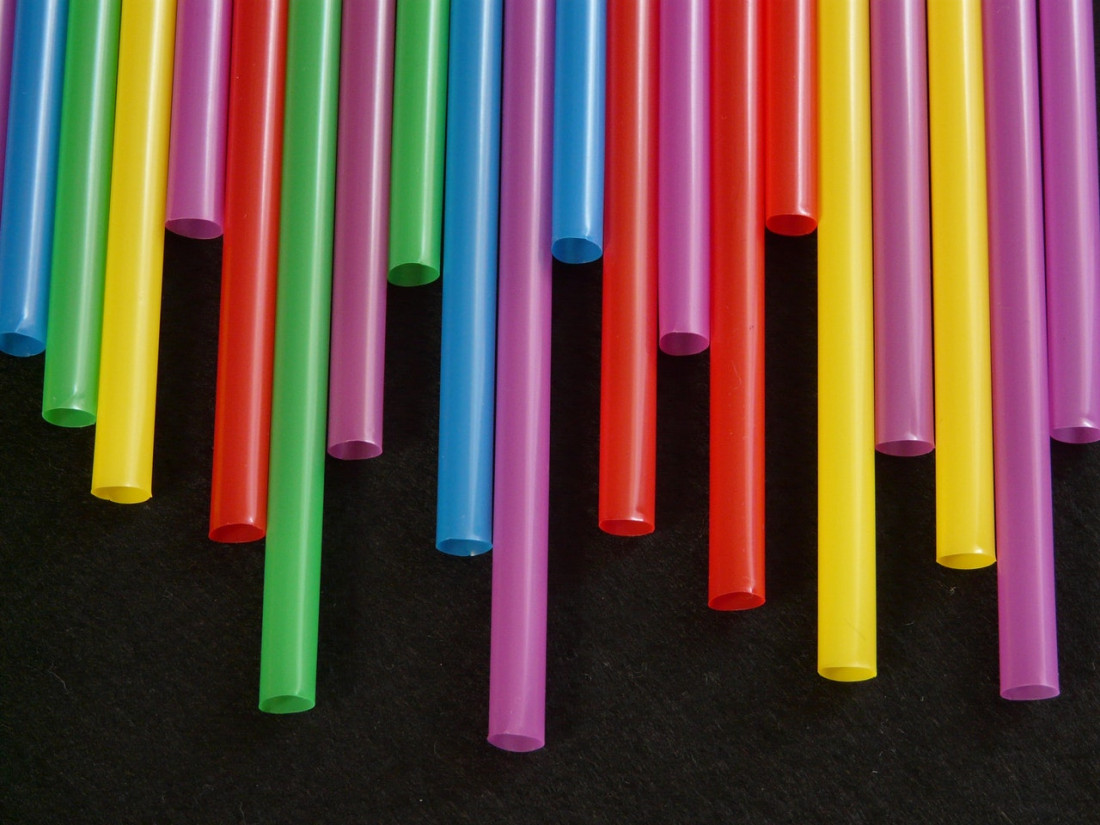The online scientific website, ‘Investigacion y Desarollo’ is reporting the development of a new low-production cost antibacterial polymer called Antibac. Developed at the Universidad Michoacana de San Nicolás de Hidalgo (UMSNH), in Mexico, the product is, “A polymer [that] is an inorganic resin that inhibits development, growth, reproduction and general existence of bacteria, yeasts and fungi; used as a cement, it can adhere to metal surfaces, ceramics or glass and maintain the area free of harmful microorganisms.“
The product is generating much interest amongst local polymer traders, with many predicting that its sales could be global. Recently, the Mexican business website, ‘Gerencia de Edificios’, outlined the products best features, stating that, “The main novelty of the developed technology is [that its production is based on] non-polluting industrial waste water, [which] does not release fumes or volatile organic compounds.” The website continues to point out that the product, “lasts more than 100 years.”
Despite this long lifetime, the resin, which is make of clay and sea sand dissolved in an aqueous solution and a biocidal agent, can be applied like any other construction paste and sets in just 24 hours.
Whilst the advantages of the polymer are clear, possibly its greatest asset is its low cost, which was estimated by ‘world industrial reporter‘ to be, “… as little as $10 per square meter, thus making it easily affordable even for home usage. It works out cheaper than the currently used synthetic coatings.“
Dr. Jose Carlos Rubio creator of the technology, described how the product works to the online journal ‘Scientific Daily‘, as follows, “The inorganic resin, once solidified, traps in a ‘cage’ the antibacterial microcrystals, keeping them enclosed, but allowing the interaction with pathogens; these microorganisms, when contacting the geopolymer, get stuck because its high affinity to the microcrystals, so no contact transference is allowed with other materials. The microorganisms then get removed by existing diffusion or any simple cleaner.” And went on to explain that, “The natural color is cream, but we can add any pigment and adapt it to the customer’s needs.”
At present the researchers are still looking for investors to fully implement the business potential of their invention, but the polymer research community is already gaining an interest in the development. Polymer traders and businessmen are also looking to profit from a discovery that could be both highly lucrative, as well as saving countless lives.

